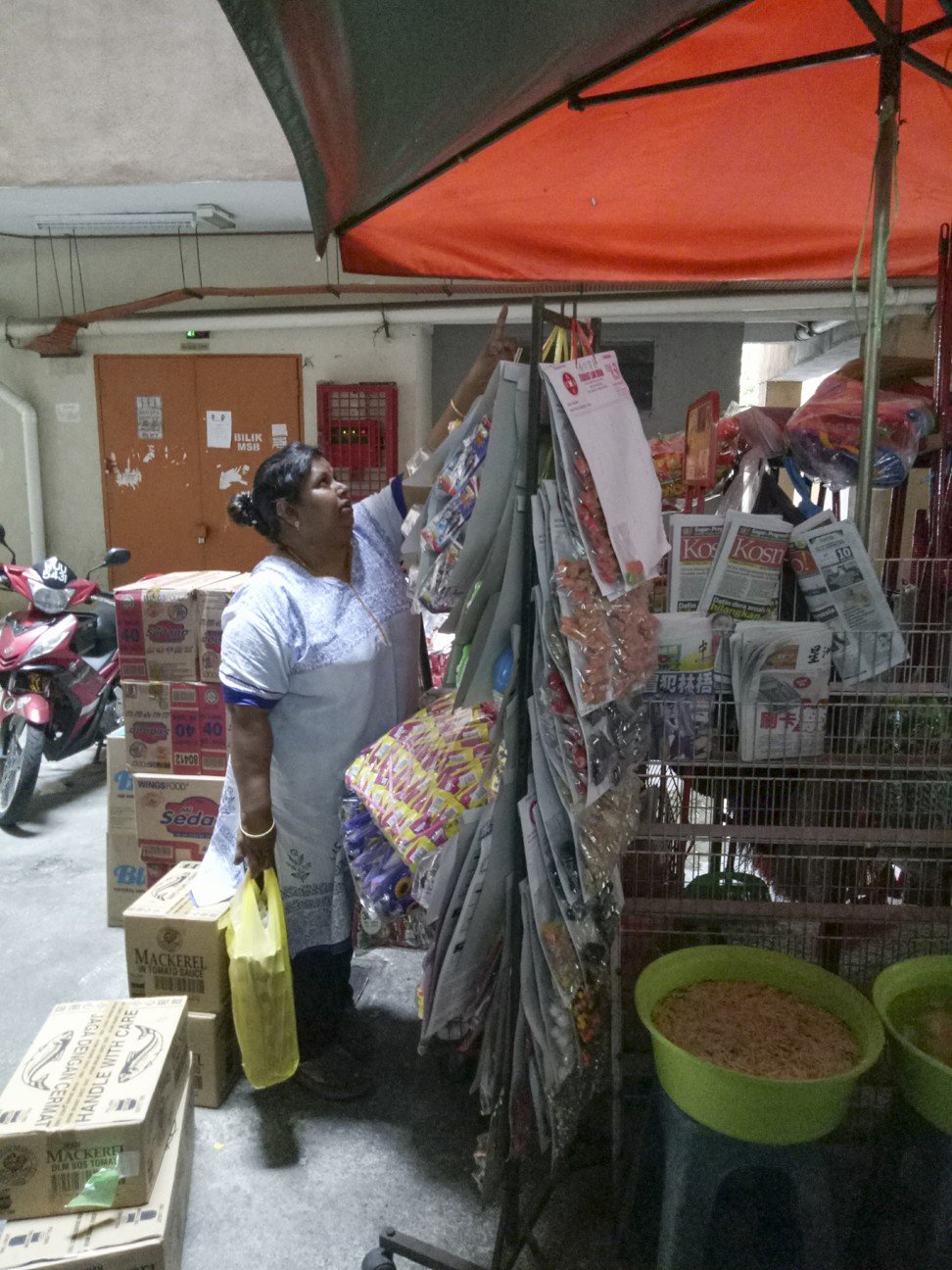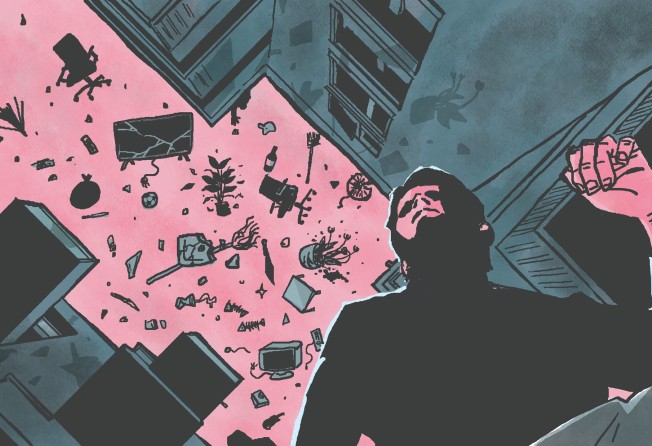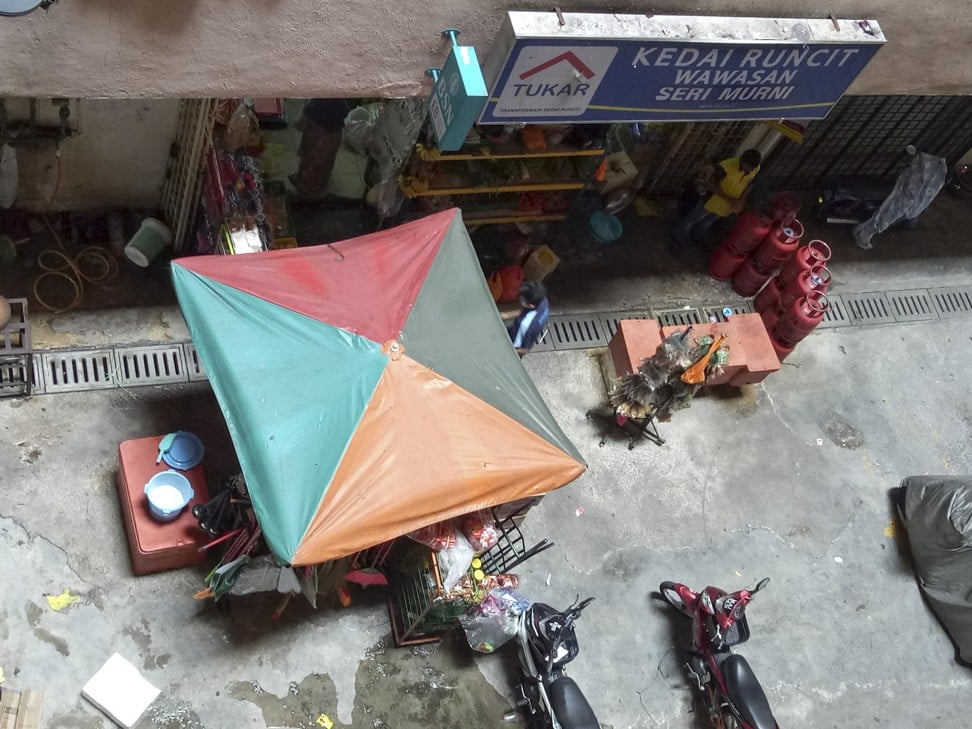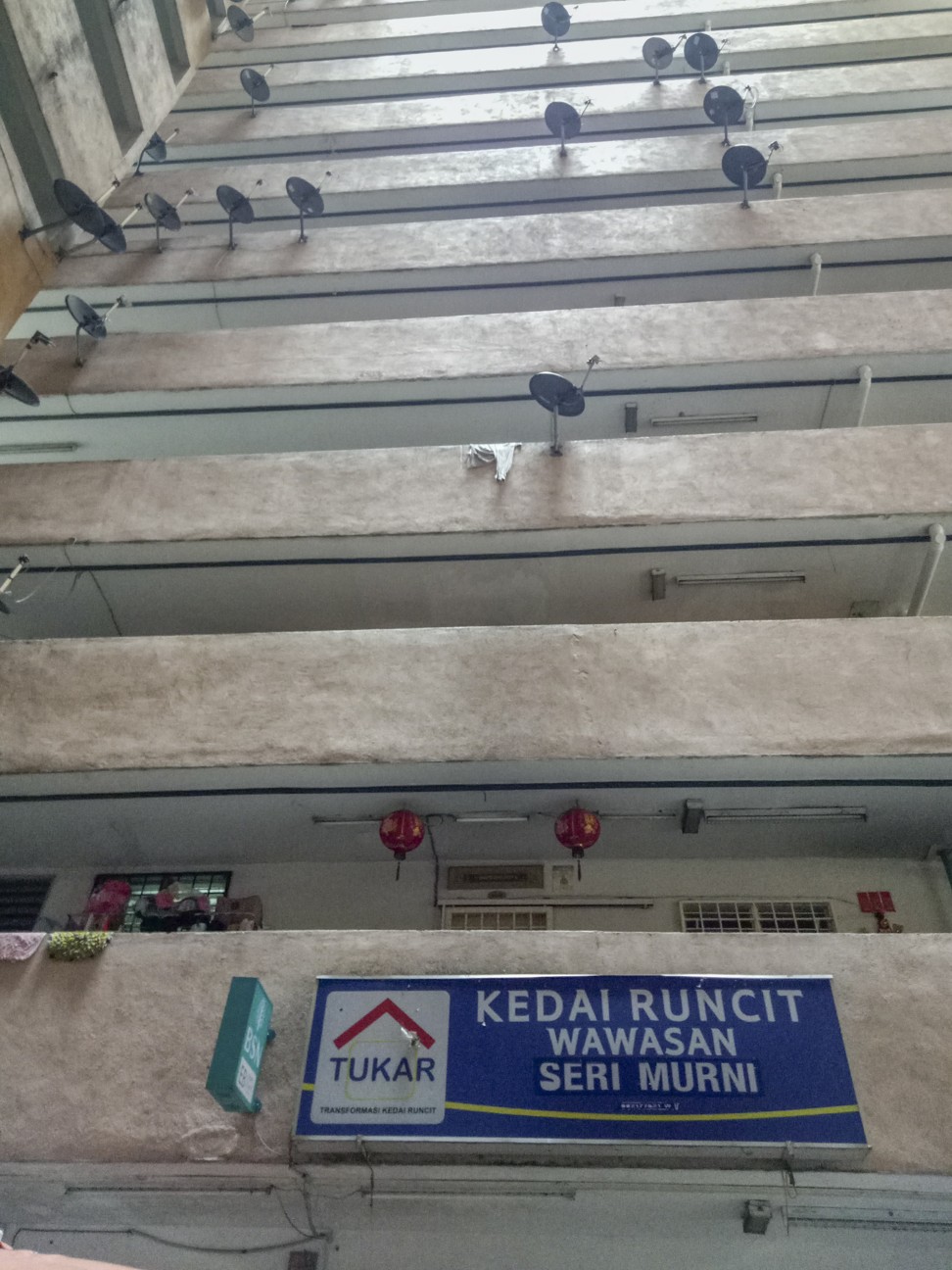
Boy’s death shows danger of trash thrown from Malaysia high-rises, and residents’ lack of civic-mindedness
When an office chair fell from a height onto a schoolboy in Kuala Lumpur, killing him, it showed the risks residents of high-rises take when they throw junk and rubbish from windows. Yet the habit has not been stamped out

What should have been a quick trip to the grocery store ended in tragedy for a 15-year-old Malaysian earlier this year.
S. Sathiswaran and his mother were returning home from the shop at the Seri Pantai People’s Housing Project in Pantai Dalam, a residential area in the southwest of Kuala Lumpur, when an office chair fell from an upper floor and struck him on the head, killing him.
The tragedy, on January 15, was the first fatality reported in the local media caused by a dangerous and irresponsible habit that plagues high-rise public housing compounds in the Malaysian capital: residents throwing refuse and unwanted junk out of windows and over the side of common walkways, regardless of how far it will fall or where it will land.
Running a grocery store is not usually regarded as a dangerous job, but Minachi Munianday, 48, disagrees. She owns the Kedai Runcit Wawasan Seri Murni store on the ground floor of another public housing compound, Kampung Baru Air Panas, in Kuala Lumpur’s northern district of Setapak.
Since Minachi opened the shop 12 years ago, she says, not a day has gone by when she has not feared for her life because of the regularity wih which objects are tossed out by residents on the upper floors. In 2011, Minachi became a victim of such reckless behaviour.

“The newspaper stand at my shop is under a plastic umbrella right outside, so that passers-by can browse. That night, I was gathering together the unsold newspapers because we were about to close the shop,” she says. “I was standing under the umbrella when I heard a loud thud followed by a tearing noise. A second later, something hit me hard on my head and I blacked out.”
The next thing she remembers is waking up in a hospital bed, dazed, confused and in pain.
“I was told that someone had thrown a huge flowerpot filled with wet sand from one of the higher floors. The pot was so heavy that it tore through the plastic umbrella and hit my head. My scalp split due to the impact and I had to have eight stitches.”
People are generally a product of how they were educated and how they observe the behaviour of people around them, such as their family, neighbours and friends
Minachi says she was left traumatised by the incident. She lodged reports with the local council and the police, but was told they could not take any follow-up action because of the difficulty in identifying the culprit.
“I thought the residents of the flats would have learned a lesson after I was seriously injured, but no. Nothing can stop them … I have seen the worst things falling down in the past 12 years, from small stuff like punctured footballs and broken brooms, to large items including a ceramic sink, which hit the ground and broke into a million pieces. Imagine if that had hit someone.”
Minachi says vehicles in the estate’s parking area are regularly seen splattered with household waste. “It is totally normal for people to find their cars splashed with so many different things, like piping hot cooking oil, curries and even fish bones.”
The lack of civic-mindedness is apparently common throughout the Malaysian capital at low-cost public housing estates, which the government began to build in the early 2000s to address a housing shortage and squatter problem. The authorities had identified 197 squatter settlements in the city in the late 1980s.

The shocking death of Sathiswaran in January – which was initially investigated under Section 304a of the Penal Code as a suspected death caused by negligence but later reclassified by police as murder – sparked a blame game.
A local news portal reported that the boy’s aunt, Vijayalaxhmi Sattayapan, pointed the finger at City Hall, accusing the authorities of mismanaging the flats.
City Hall moved quickly to take corrective action. Authorities have identified 13 of 72 public housing estates in Kuala Lumpur as littering hotspots. Contractors have been engaged to build concrete canopies on external walls to prevent falling objects from hitting people on the ground.
TV show raises stink over illegal rubbish dump after Chinese villagers’ complaints ignored for years
The council has also issued notices to all public housing estate residents to take note of any such behaviour, and has vowed to issue stern warnings and take further action in the future. Moreover, City Hall and the police are planning campaigns to increase awareness about civic responsibility among residents of the 13 public housing estates.
Safety netting has been installed at the Seri Pantai public housing estate in the wake of Sathiswaran’s death, in the hope of preventing any more deaths. The council plans to appoint more inspectors to identify safety violations, and to issue summonses to residents found breaking the rules.
The pot was so heavy that it tore through the plastic umbrella and hit my head. My scalp split due to the impact and I had to have eight stitches
It vows to work closely with residents’ associations to implement stricter enforcement going forward.
However, not all the residents of Seri Pantai have taken heed. Not long after the safety net was installed, it began filling up with garbage. Clinical psychologist Alvin Tan Kuan Sean says the problem may be due to a lack of education and awareness.
“This sort of behaviour is usually the result of a lesser degree of civic consciousness among people. People are generally a product of how they were educated and how they observe the behaviour of people around them, such as their family, neighbours and friends,” he says.

He says residents who carelessly throw out their refuse are probably unaware of how such behaviour affects themselves and others. This, coupled with the fact that there is no apparent comeback, leads them to believe there is nothing wrong with such behaviour.
Tan says how the public housing estates are managed, and public education, leave much to be desired.
“The local council should enforce heftier and regular fines for littering. That would perhaps create a fear of losing money among the flats’ residents. There should also be talks about the negative effects of littering in schools. If we start educating them early, they grow up to be responsible adults. Create the awareness through the education system,” he says.
Minachi agrees with Tan’s recommendations. “The residents here definitely need educating in how to manage their trash. Most of them used to live in squatter homes, where they can throw their garbage anywhere. They brought that mentality here with them and need to be told that it’s not OK to litter,” she says.